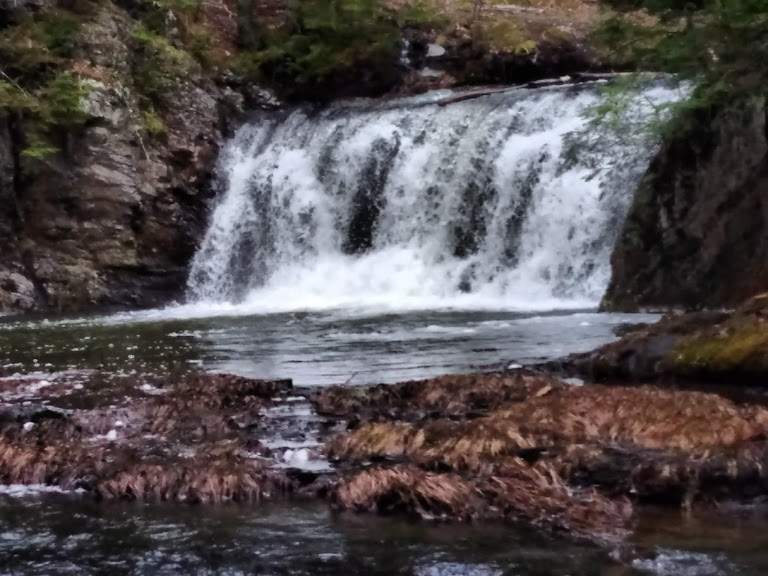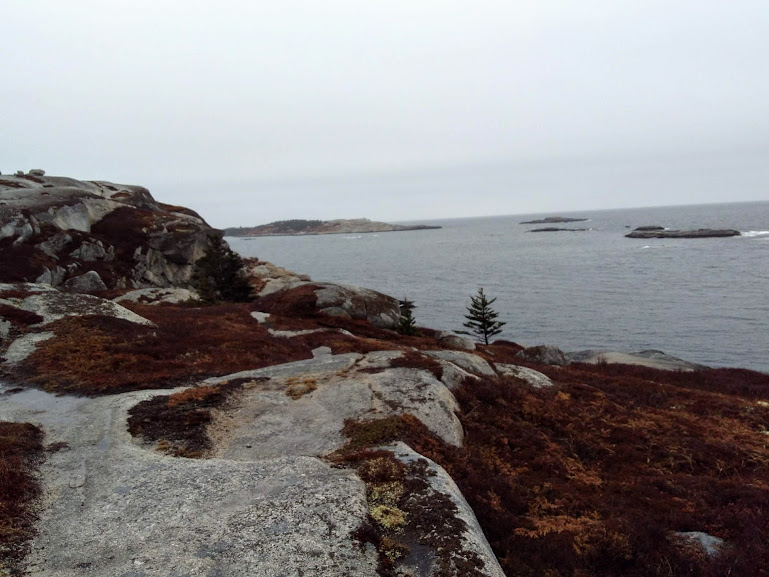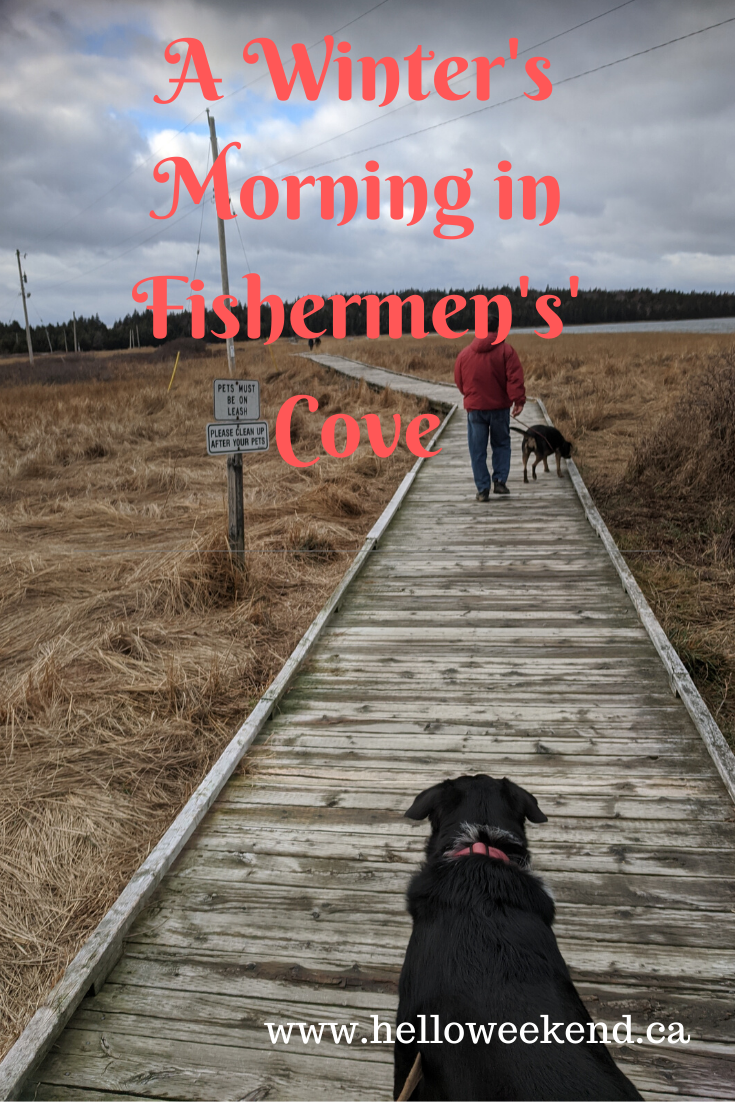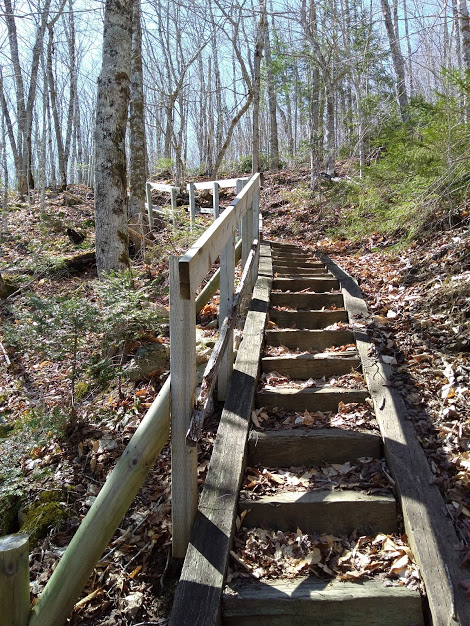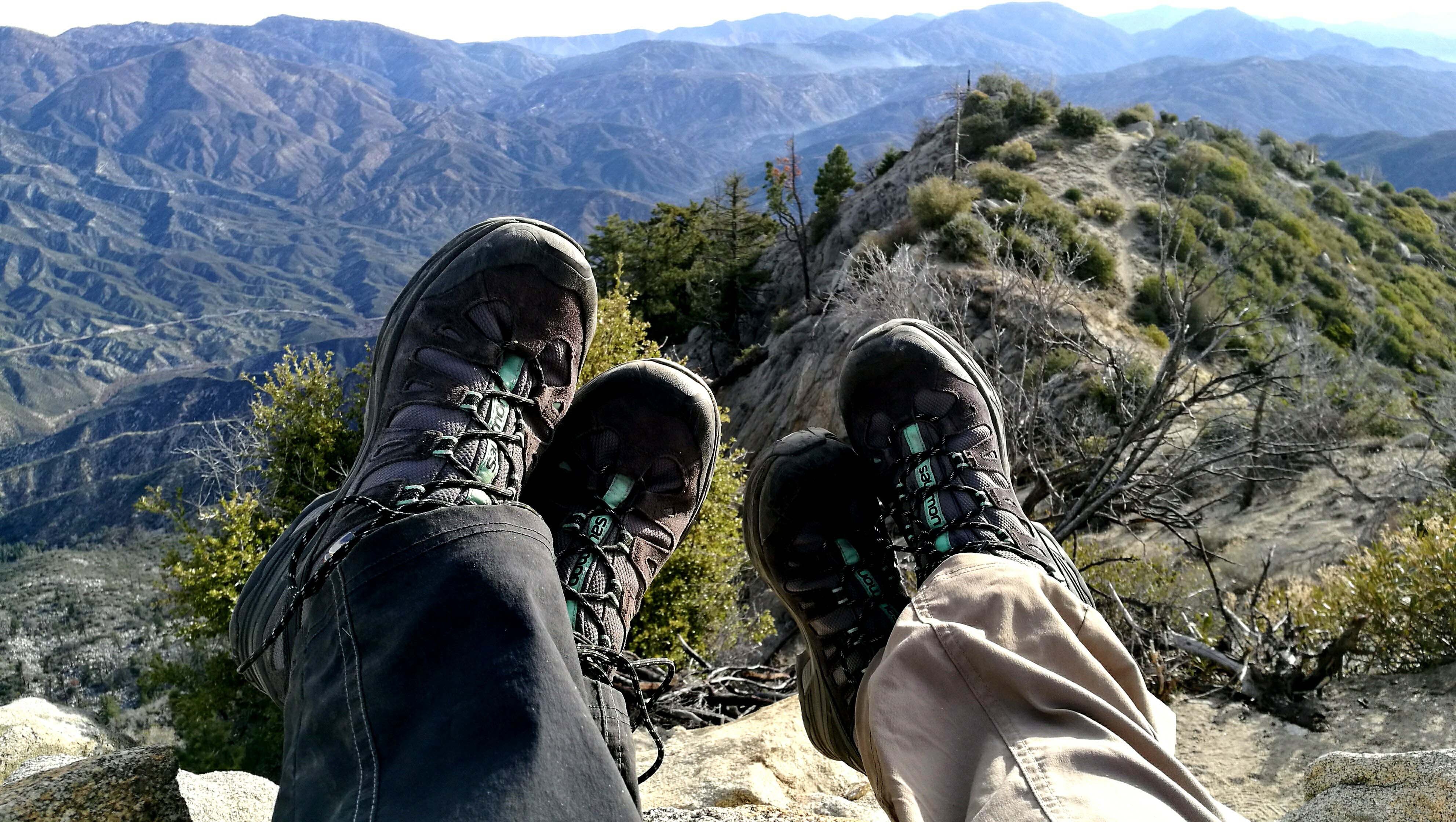
What Not To Wear (on Your Summer Hike)
We are all familiar with the concept of layering, especially here in Nova Scotia where the weather can go from snow, to rain to humid and hot -not only in a matter of hours but within the distance of a few kilometers. (Everyone knows Mount Uniacke has its own weather system, am I right?)
But what if you are heading out on a day hike on a sticky July Saturday?
Here ,in a nutshell, is what you need to know when thinking about hiking clothing for summer.
Bottom line for hiking tops:
- Cotton breathes & soaks up sweat-which can keep you cool but also allow you to get chilled. If you choose a cotton top, bring an extra shirt if you plan on being out once the temperature drops. Cotton hangs onto stains-so not a great choice for coffee and food spilling me.
- Nylon does not wick water away as well as polyester-but neither does it retain body oil based odor after washing .
- Polyester is great at moisture wicking, but can eventually develop a sweat smell that may be hard to remove even after laundering. Just the same,moisture wicking tops have their pluses. They are quick to dry should you get caught in a shower or are planning a multi day hike-just rinse and let dry overnight.
- Lightweight merino wool can be a great choice because its lightweight fibers absorbs moisture and easily evaporates it. Merino also provides natural protection from UV light and UVB rays and it’s naturally odor resistant. And today’s wool doesn’t itch.
- Silk is not really a great option with limited wicking capability and it’s not odor resistant. Feels nice though.
- Stay away from dark colors and choose not only shirts, but shorts and pants in white, tan or khaki.
- Don’t just think short sleeves. Light weight long sleeve shirts can be comfortable, and help protect you both from ticks and UV rays.
——————————————————————————————————-
Bottom Line for hiking bottoms - Look for quick drying fabrics that include spandex or nylon.
- Pants will protect against the ever – prevalent tick, as well as poison ivy, branches and thorny bushes.
- Styles that zip off to shorts allow cooler hiking when the temperature rises. Make sure the zippers are sturdy.
- Alternatively, you can purchase roll up pants with snaps or button below the knee- saves the trouble of stopping to unzip and untangle yourself while balancing on one leg from a pair of zip off pants
- Leggings may be stylish and are easy to move in, but are hot and prone to snags and rips.
- Pants with pockets and especially zippered pockets are handy when hiking.
- There are pants that look good enough to wear as casual wear-bonus!
——————————————————————————————————-
If you are hiking with small children, take certain medications, hiking near water or with little shade, or are prone to burning,you may want to think about purchasing clothing with a built in sun protection factor.Hiking is not the activity for skin tight clothing. Not only will it restrict your movement but roomy clothes help your body control its temperature. Also, consider clothing that have vents to increase airflow.
——————————————————————————————————-
Hats
- Wear a hat with a wide brim to protect from UV rays. In full sun areas a neckerchief can be handy-and it can be moistened and applied to the neck for a cooling effect.
——————————————————————————————————-
Socks
- Socks-most important. Choose moisture wicking socks such as merino wool blend (antibacterial and non itchy) or polyester blend
- Consider padding on the bottom,which will help you feet from tiring as quickly.
- Make sure those socks fit snugly- blisters are the very bane of hikers.
- Socks should reach higher on your leg than your footwear to protect against rubbing and blisters.
——————————————————————————————————-
Footwear
- Since there are such a wide choice of hiking shoes and boots available, I’m not going to cover that in detail, except to say if you have limited funds to spend on your hiking gear-this is the place to spend it.
- Make sure you have enough room in the toe- bruised toes are not fun – and that they don’t ride up and down on your heel as you walk. Best to try on new shoes at the end of the day when your feet may be swollen.
- Waterproof hikers will obstruct breathability and cause more sweating, but are great for boggy and muddle-y trails.
- I recommend having staff check the fit of your new shoes. After all, 4 kms down the trail is a little late to find out the shoes are too tight. And take a stroll through the store with the hikers on.
- Oh please, please! Break your shoes in before your first hike.
And lastly:
Always a good idea to carry some rain gear-a good roomy poncho will cover you and your backpack, (although a heavy rain runs down ponchos and jackets making your bottoms wet unless you have rain pants too. Rain coats and pants should be breathable or you will sweat.
Don’t depend on your clothing to keep you from being sun burned or mosquito bitten. Bring sunscreen and bug spray.
